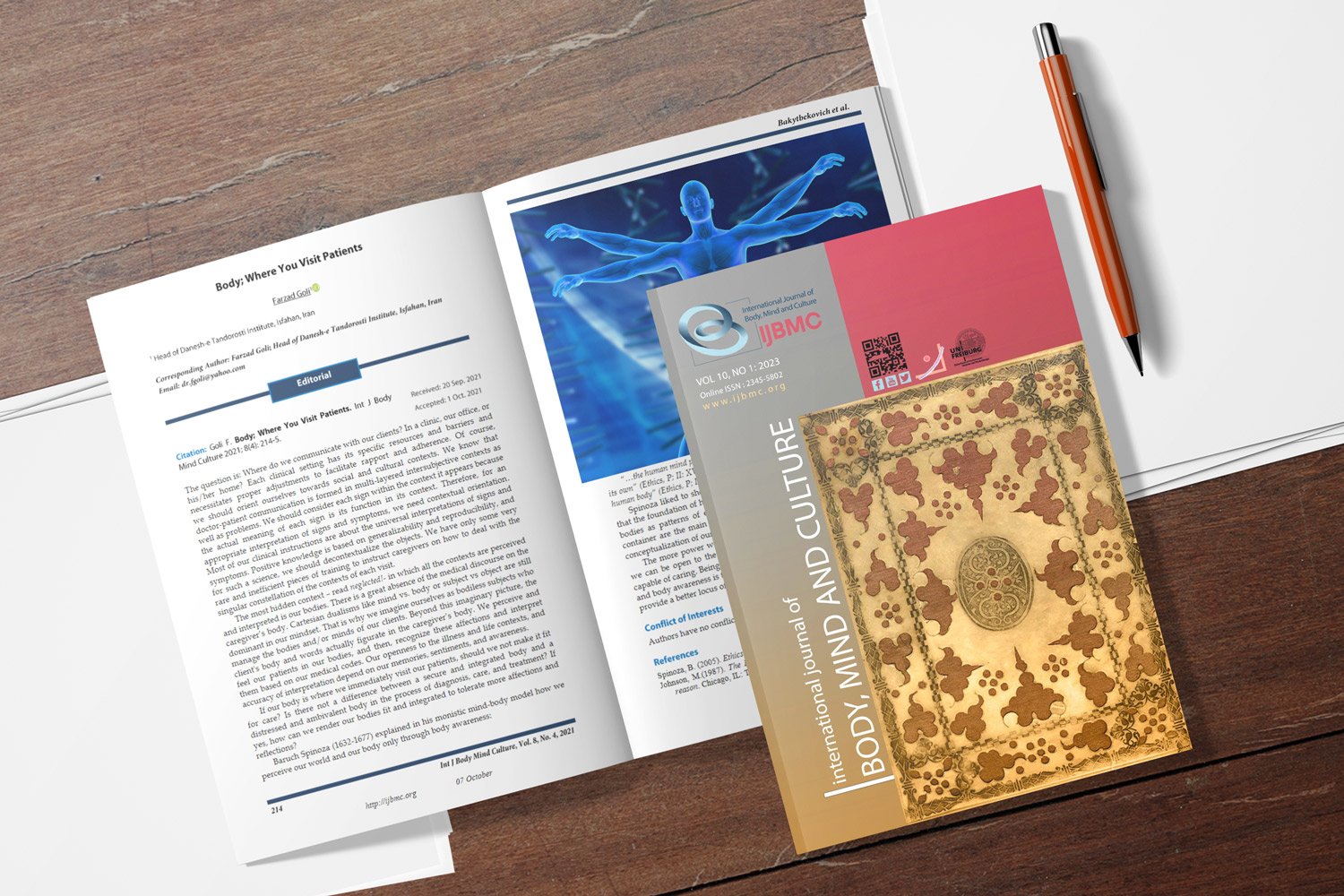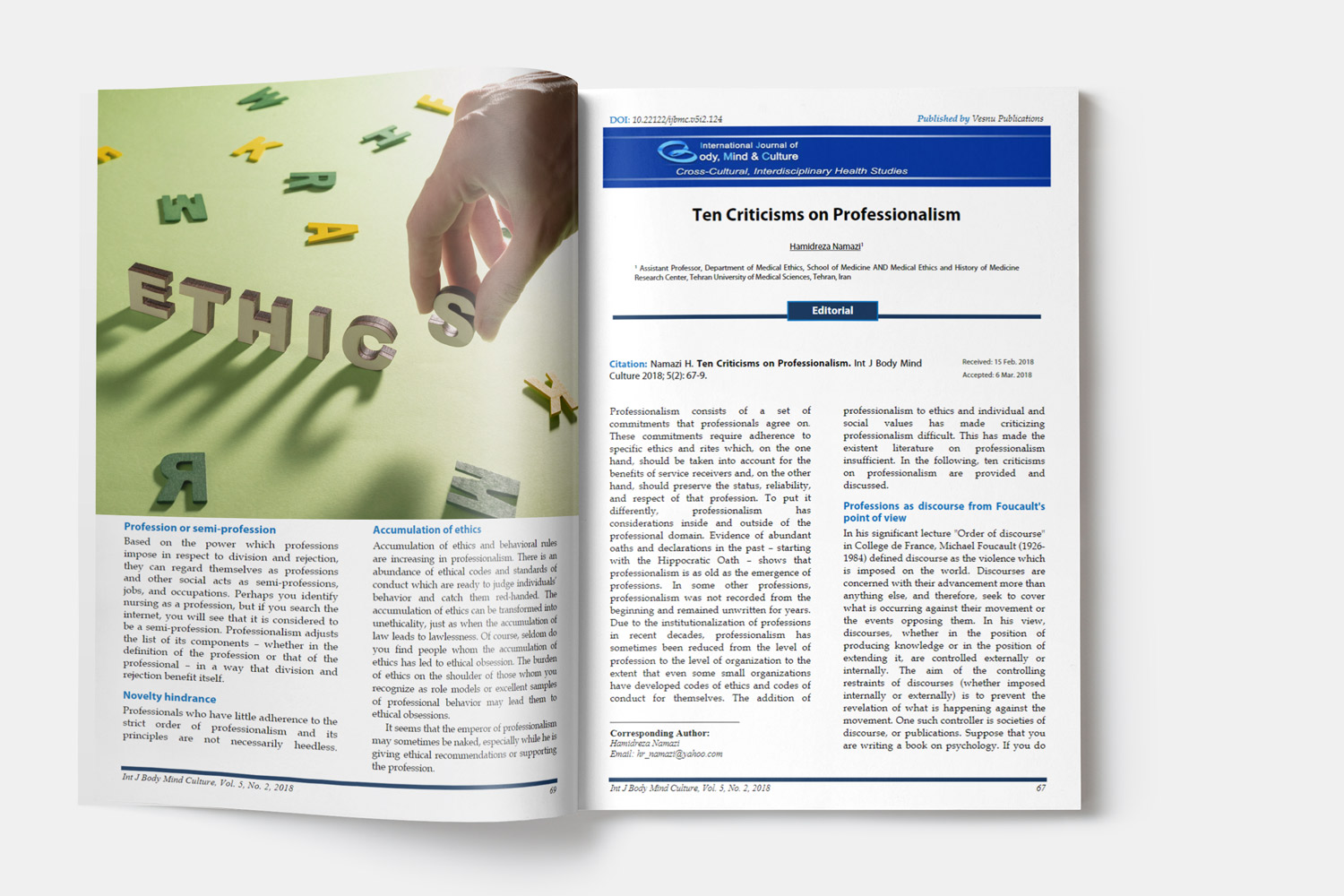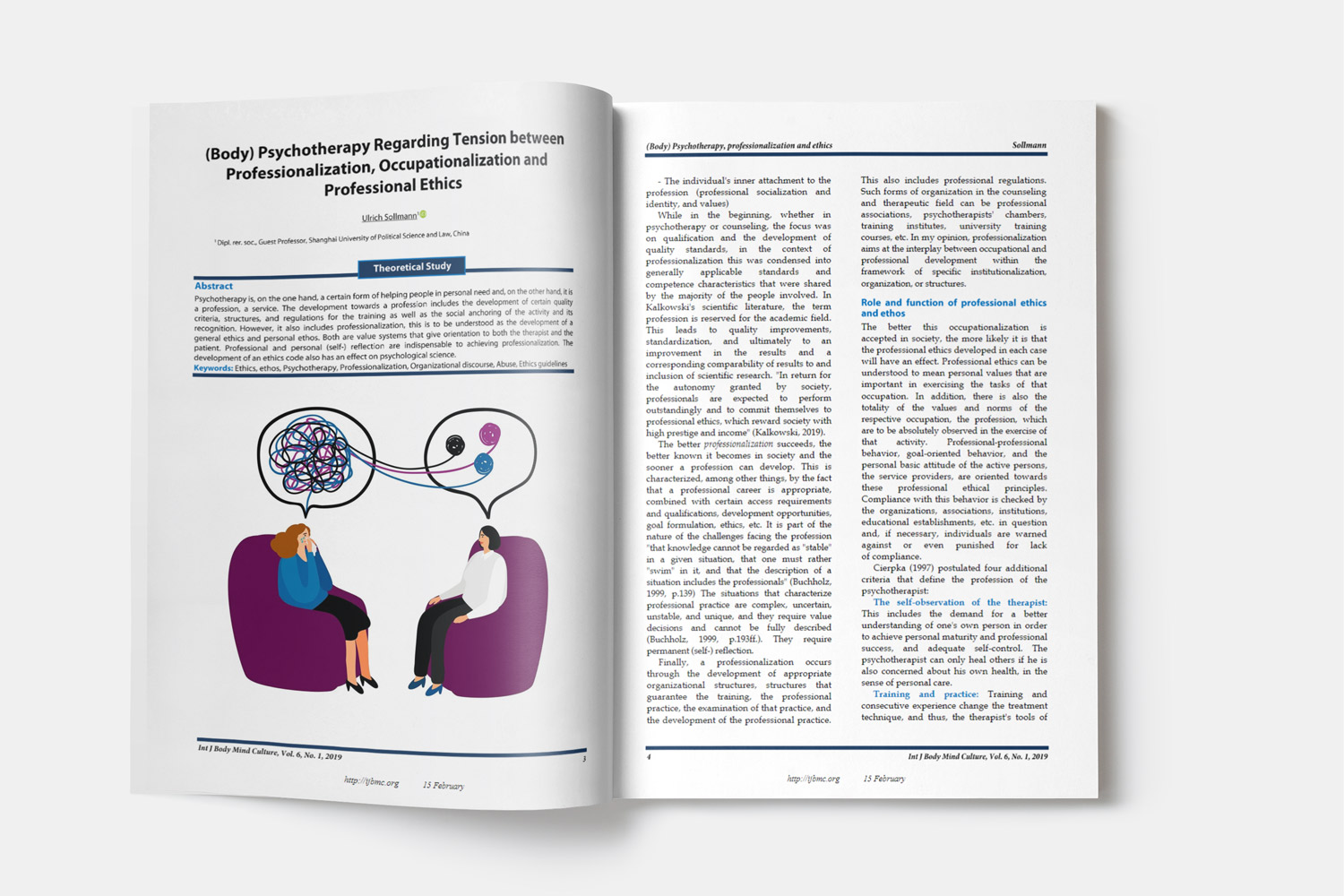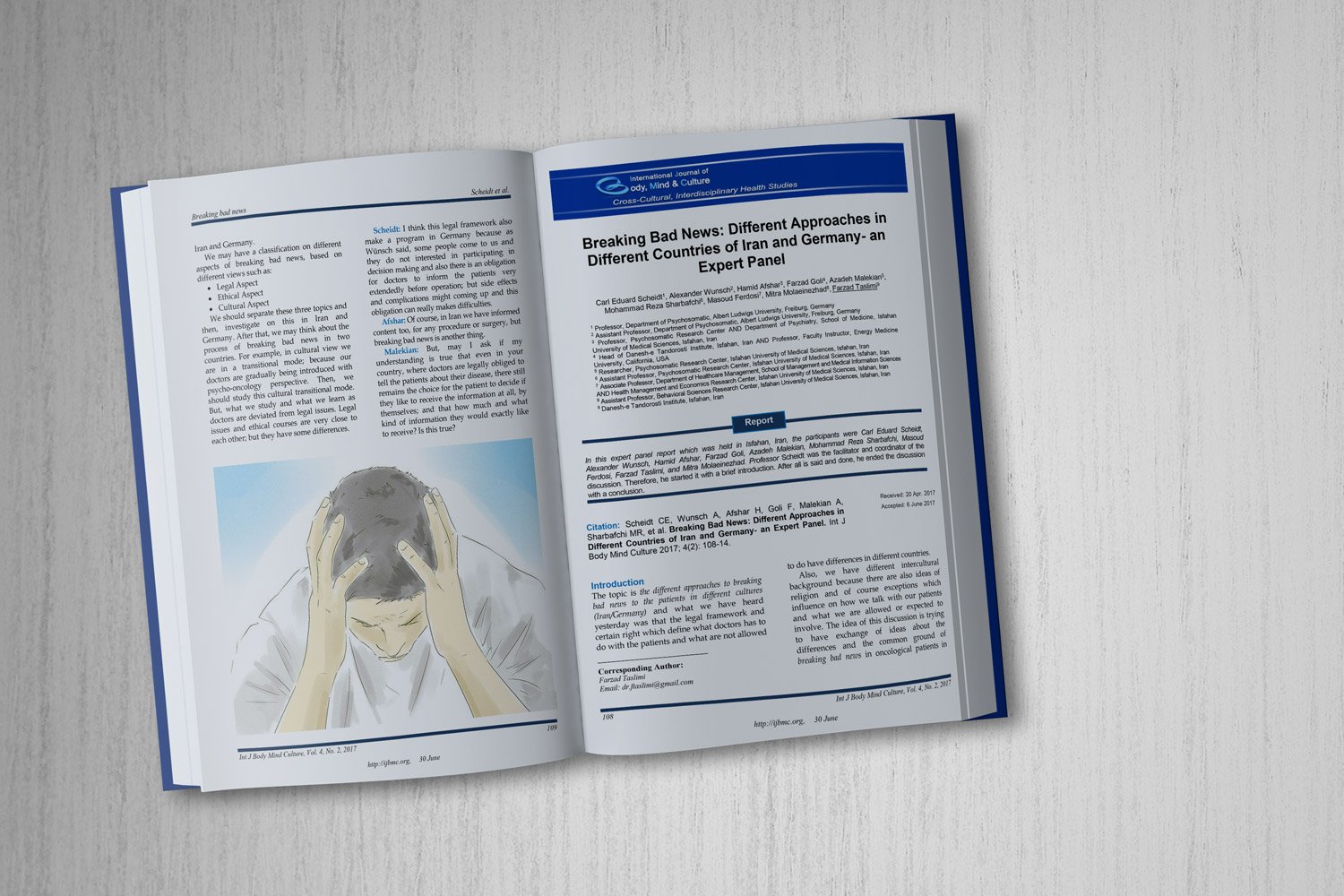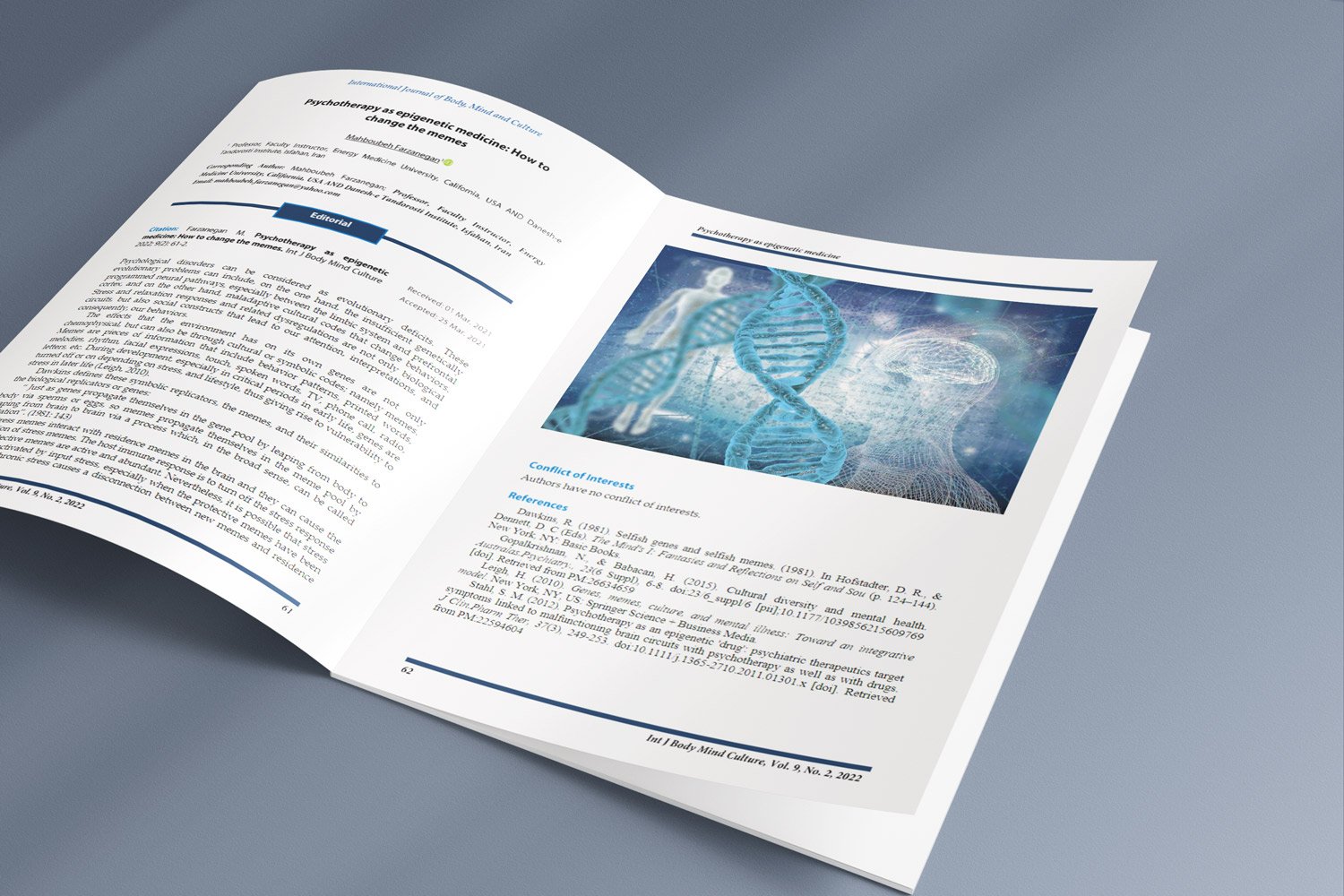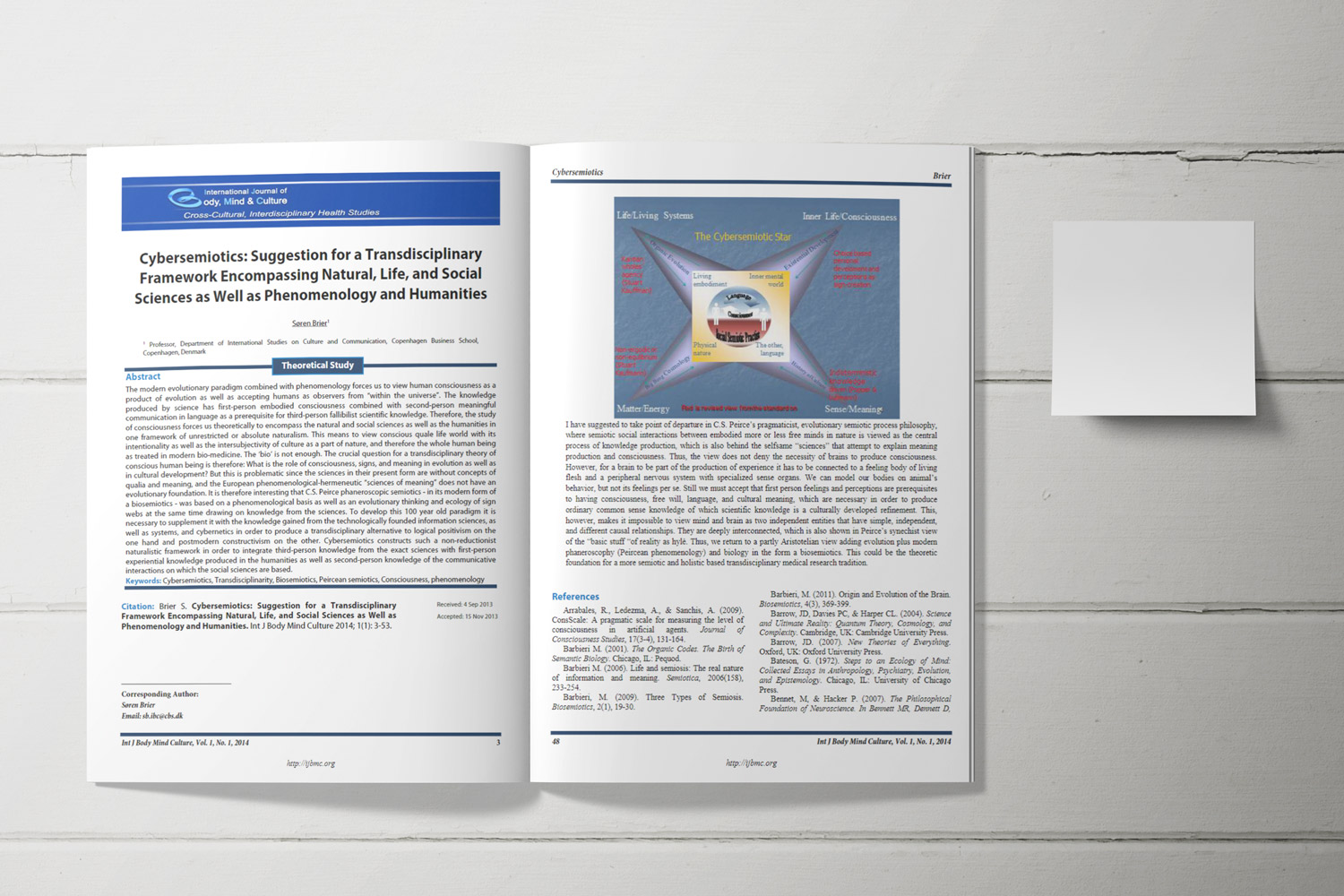A Structural Model of Past Time Perspective and Life Satisfaction: Mediating Roles of Informational and Normative Identity Styles
Downloads
Background: Time perspective has been shown to influence psychological well-being, including life satisfaction. However, the mechanisms underlying this relationship—particularly the mediating role of identity styles—remain underexplored in young adult populations. This study aimed to examine the direct and indirect effects of past-negative and past-positive time perspectives on life satisfaction among university students, with informational and normative identity styles considered as mediators.
Methods and Materials: A descriptive-correlational study was conducted among 584 university students (aged 23–30; 55.1% female) in Tehran, Iran. Participants were selected using multistage cluster sampling. They completed the Zimbardo Time Perspective Inventory (ZTPI), Satisfaction with Life Scale (SWLS), and Berzonsky’s Identity Style Inventory (ISI-6G). Data were analyzed using structural equation modeling (SEM) with AMOS version 24. Model fit was assessed using standard indices.
Results: The hypothesized model demonstrated an acceptable fit (χ²/df = 2.76, GFI = 0.86, AGFI = 0.84, CFI = 0.91, RMSEA = 0.05). Past-negative time perspective had a significant negative direct effect on life satisfaction (β= –0.294, p< 0.01), while past-positive had a significant positive direct effect (β= –0.182, p< 0.01). However, neither informational nor normative identity styles significantly mediated these relationships (p>0.05).
Conclusion: Time perspectives significantly predict life satisfaction in young adults, but identity styles do not mediate this relationship. Interventions designed to foster a more positive view of the past may enhance subjective well-being among university populations.
Downloads
Allan, L. G. (1979). The perception of time. Perception & psychophysics, 26(5), 340-354. https://doi.org/10.3758/BF03204158
Anagnostopoulos, F., & Griva, F. (2012). Exploring time perspective in Greek young adults: Validation of the Zimbardo Time Perspective Inventory and relationships with mental health indicators. Social indicators research, 106(1), 41-59. https://doi.org/10.3758/BF03204158
Bakhshipour Roudsari, A., Peyravi, H., & Abedian, A. (2005). Investigating the relationship between satisfaction with life and social support with mental health among freshman students of Tehran University. Journal of Fundamentals of Mental Health, 7(28), 145-152. https//10.22038/jfmh.2005.1860
Barimani, D., Kauppila, J. H., Sturesson, C., & Sparrelid, E. (2020). Imaging in disappearing colorectal liver metastases and their accuracy: a systematic review. World Journal of Surgical Oncology, 18(1), 264. https://doi.org/10.1186/s12957-020-02037-w
Berzonsky, M. D., Soenens, B., Luyckx, K., Smits, I., Papini, D. R., & Goossens, L. (2013). Development and validation of the revised Identity Style Inventory (ISI-5): factor structure, reliability, and validity. Psychological assessment, 25(3), 893. https://doi.org/10.1037/a0032642
Boniwell, I., Osin, E., Linley, P., & Ivanchenko, G. (2010). A Brosschot, JF, Verkuil, B., & Thayer, JF (2016). The default response.
Carstensen, L. L., Isaacowitz, D. M., & Charles, S. T. (1999). Taking Time Seriously: A Theory of Socioemotional Selectivity. American psychologist, 54(3), 165. https://doi.org/10.1037/0003-066X.54.3.165
Charles, S. T., & Carstensen, L. L. (1999). The Role of Time in Setting Social Goals Across the Life Span. In Social cognition and aging (pp. 319-342). Elsevier. https://doi.org/10.1016/B978-012345260-3/50015-X
Crocetti, E., & Shokri, O. (2010). Iranian validation of the identity style inventory. International Journal of Testing, 10(2), 185-199. https://doi.org/10.1080/15305050903534696
Daugherty, J. R., & Brase, G. L. (2010). Taking time to be healthy: Predicting health behaviors with delay discounting and time perspective. Personality and Individual Differences, 48(2), 202-207. https://doi.org/10.1016/j.paid.2009.10.007
Davis, W. E., & Hicks, J. A. (2013). Judgments of Meaning in Life Following an Existential Crisis. In The experience of meaning in life: Classical perspectives, emerging themes, and controversies (pp. 163-174). Springer. https://doi.org/10.1007/978-94-007-6527-6_13
Diener, E., Emmons, R. A., Larsen, R. J., & Griffin, S. (1985). The satisfaction with life scale. Journal of Personality Assessment, 49(1), 71-75. https://doi.org/10.1207/s15327752jpa4901_13
Diener, E., & Suh, E. M. (2000). Measuring subjective well-being to compare the quality of life of cultures. Culture and subjective well-being, 3, 12. https://doi.org/10.7551/mitpress/2242.001.0001
Drake, L., Duncan, E., Sutherland, F., Abernethy, C., & Henry, C. (2008). Time perspective and correlates of well-being. Time & Society, 17(1), 47-61. https://doi.org/10.1177/0961463X07086304
Feldman, D. B., & Snyder, C. R. (2005). Hope and the meaningful life: Theoretical and empirical associations between goal–directed thinking and life meaning. Journal of social and clinical psychology, 24(3), 401-421. https://doi.org/10.1521/jscp.24.3.401.65616
Headey, B., & Wearing, A. (1991). Subjective Well-being: A Stocks-and-Flows Framework. Subjective Well-being: An Interdisciplinary Perspective, 21, 49-73.
Hemati, H., Omidian, M., Maktabi, G., & Shehniyailagh, M. (2025). Designing the development model of academic moral behavior of primary school students. Quarterly Scientific Journal of Applied Ethics Studies, 21(1), 10-41.://10.22081/jare.2025.70936.2008 https://10.22081/jare.2025.70936.2008
Holman, E. A., & Silver, R. C. (1998). Getting" stuck" in the past: temporal orientation and coping with trauma. Journal of personality and social psychology, 74(5), 1146. https://doi.org/10.1037/0022-3514.74.5.1146
Klingeman, H. (2001). The time game: Temporal activity on emotional well-being among older Australian women: Cross-sectional and longitudinal analysis. Time & Society, 10(2-3), 303-328. https://doi.org/10.1177/0961463X01010002008
Krueger, A. B., & Stone, A. A. (2014). Progress in measuring subjective well-being. Science, 346(6205), 42-43. https://doi.org/10.1126/science.1256392
Kruger, D. J., Reischl, T., & Zimmerman, M. A. (2008). Time perspective as a mechanism for functional developmental adaptation. Journal of Social, Evolutionary, and Cultural Psychology, 2(1), 1. https://doi.org/10.1037/h0099336
Layard, R. (2010). Measuring subjective well-being. Science, 327(5965), 534-535. https://doi.org/10.1126/science.1186315
Lewis, C. A., Bunting, B. P., Shevlin, M. E., & Joseph, S. (1995). Confirmatory factor analysis of the satisfaction with life scale: Replication and methodological refinement. Perceptual and Motor Skills, 80(1), 304-306. https://doi.org/10.2466/pms.1995.80.1.304
Milfont, T. L., Andrade, P. R., Belo, R. P., & Pessoa, V. S. (2008). Testing Zimbardo's Time Perspective Inventory in a Brazilian Sample. Revista Interamericana de Psicología/Interamerican Journal of Psychology, 42(1), 49-58. http://www.redalyc.org/articulo.oa?id=28442106
Schimmack, U., Radhakrishnan, P., Oishi, S., Dzokoto, V., & Ahadi, S. (2002). Culture, Personality, and Subjective Well-being: Integrating Process Models of Life Satisfaction. Journal of personality and social psychology, 82(4), 582. https://doi.org/10.1037/0022-3514.82.4.582
Schultz, D. P., Schultz, S. E., & Maranges, H. M. (2009). Theories of personality.
Sobol-Kwapinska, M. (2013). Hedonism, fatalism, and ‘carpe diem’: Profiles of attitudes towards the present time. Time & Society, 22(3), 371-390. https://doi.org/10.1177/0961463X13487043
Sobol-Kwapinska, M., Jankowski, T., & Przepiorka, A. (2016). What do we gain by adding time perspective to mindfulness? Carpe Diem and mindfulness in a temporal framework. Personality and Individual Differences, 93, 112-117. https://doi.org/10.1177/0961463X11414296
Stolarski, M., Bitner, J., & Zimbardo, P. G. (2011). Time perspective, emotional intelligence, and discounting of delayed awards. Time & Society, 20(3), 346-363. https://doi.org/10.1177/0961463X11414296
Stolarski, M., Fieulaine, N., & Zimbardo, P. G. (2018). Putting time in a wider perspective: The past, the present, and the future of time perspective theory. The SAGE handbook of personality and individual differences, 1, 592-625. https://doi.org/10.4135/9781526451163.n28
Stolarski, M., Matthews, G., Postek, S., Zimbardo, P. G., & Bitner, J. (2014). How we feel is a matter of time: Relationships between time perspectives and mood. Journal of Happiness Studies, 15(4), 809-827. https://doi.org/10.1007/s10902-013-9450-y
Tehrani, H., Rakhshani, T., Zadeh, D. S., Hosseini, S. M., & Bagheriyan, S. (2013). Analyzing the relationship between job stress, mental health, personality type, and stressful life events of the nurses occupied in Tehran 115 emergency. Iranian Red Crescent Medical Journal, 15(3), 272. https://doi.org/10.5812/ircmj.1917
Zhang, J. W., & Howell, R. T. (2011). Do time perspectives predict unique variance in life satisfaction beyond personality traits? Personality and Individual Differences, 50(8), 1261-1266. https://doi.org/10.1016/j.paid.2011.02.021
Zhang, J. W., Howell, R. T., & Stolarski, M. (2013). Comparing three methods to measure a balanced time perspective: The relationship between a balanced time perspective and subjective well-being. Journal of Happiness Studies, 14(1), 169-184. https://doi.org/10.1007/s10902-012-9322-x
Zimbardo, P., & Boyd, J. (2008). The time paradox: The new psychology of time that will change your life. Simon and Schuster.
Zimbardo, P. G., & Boyd, J. N. (2014). Putting time in perspective: A valid, reliable individual-differences metric. In Time Perspective Theory: Review, Research, and Application: Essays in Honor of Philip G. Zimbardo (pp. 17-55). Springer. https://doi.org/10.1007/978-3-319-07368-2_2
Zimbardo, P. G., Keough, K. A., & Boyd, J. N. (1997). Present time perspective as a predictor of risky driving. Personality and Individual Differences, 23(6), 1007-1023. https://doi.org/10.1016/S0191-8869(97)00113-X
Copyright (c) 2025 International Journal of Body, Mind and Culture

This work is licensed under a Creative Commons Attribution-NonCommercial 4.0 International License.










